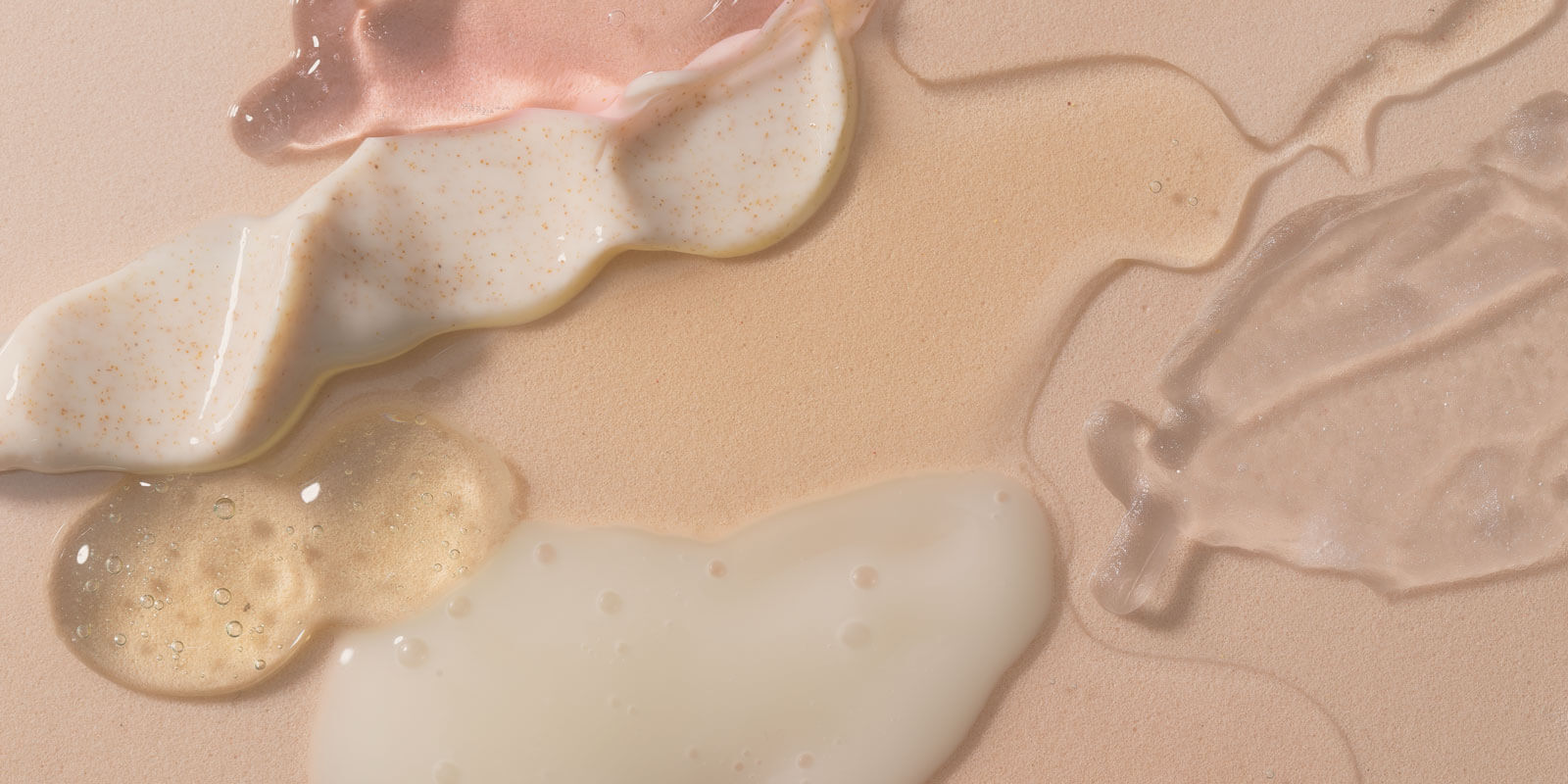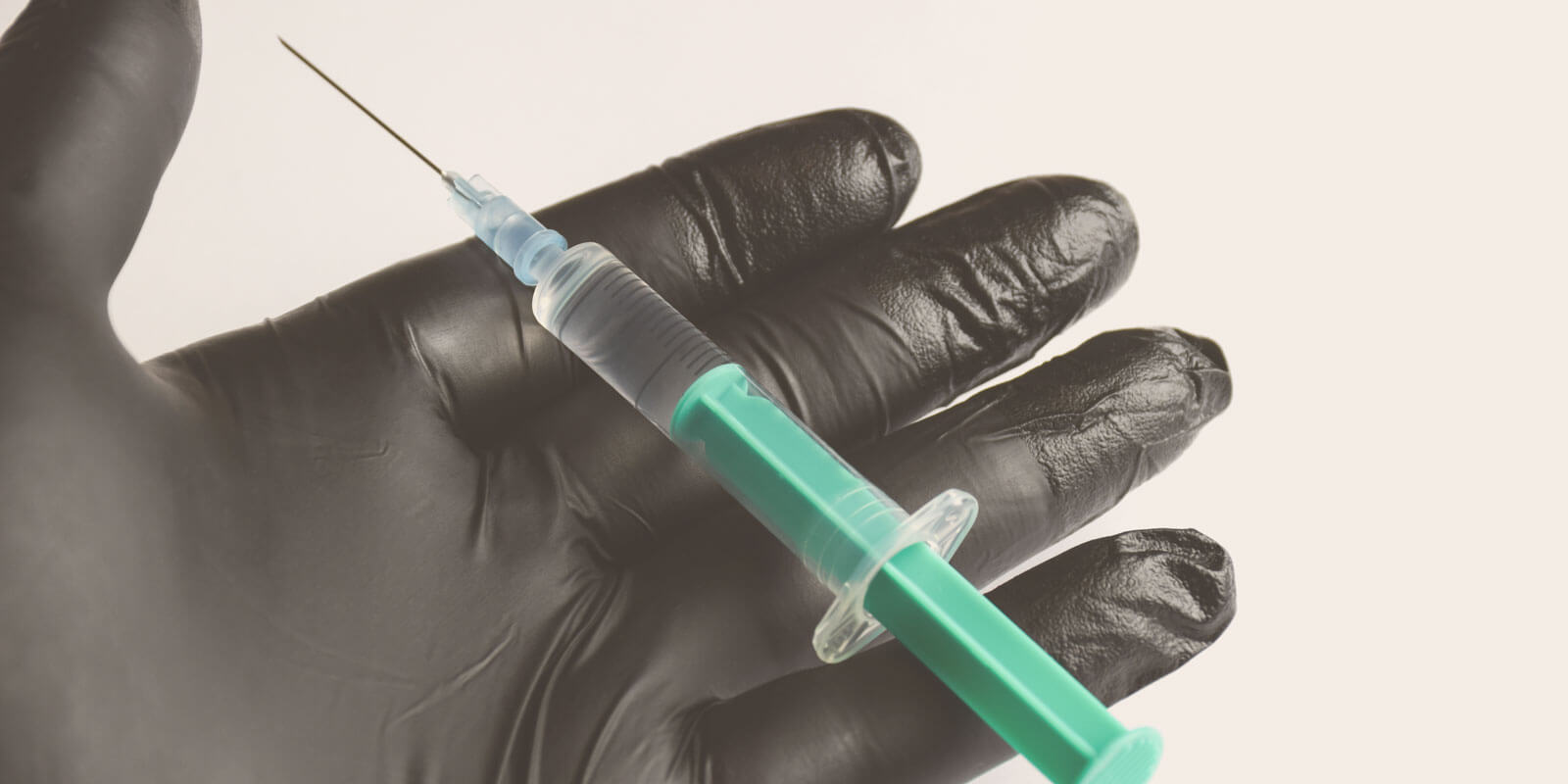So, what does the future hold for one of the world’s fastest-growing industries? Let’s explore the most compelling statistics shaping the aesthetic landscape in 2024 and beyond.
🌍 Global Market Growth: A Multibillion-Dollar Industry
The aesthetic medicine market is not just thriving—it’s booming.
According to Grand View Research, the global market was valued at approximately USD 82.46 billion in 2023 and is projected to grow at a compound annual growth rate (CAGR) of 8.3% from 2024 to 2030.
Meanwhile, Fortune Business Insights forecasts that the medical aesthetics market will reach USD 67.89 billion by 2032, growing at a CAGR of 13.0%—underscoring significant demand for innovation and accessibility in both invasive and non-invasive solutions.
🌐 Regional Insights: From the UK to the Asia–Pacific
This surge isn’t confined to one corner of the globe. In the United Kingdom, the aesthetic industry is estimated at over £3.6 billion today, with projections soaring to £5.4 billion by 2026 (PolicyBee). This growth reflects increasing consumer education and broader demographic appeal, especially among younger audiences seeking preventative treatments.
In the Asia–Pacific region—excluding China and Australia—the market saw a 10% growth in retail sales in 2023, according to McKinsey & Company, securing its status as one of the most lucrative and competitive regions for aesthetic professionals and brands alike.
💉 Procedure Trends: Non-Surgical Treatments Take the Lead
While surgical procedures still maintain strong appeal, non-surgical treatments are undeniably leading the charge. Between 2018 and 2022, non-surgical aesthetic procedures rose by 57.8% globally (PolicyBee), driven by innovations in injectables, skin rejuvenation, and device-based treatments.
Among the most in-demand categories is neuromodulation (e.g., Botox), which is expected to achieve an 11.9% CAGR by 2025 in North America alone (McKinsey & Company). These figures highlight the public’s increasing comfort with “lunchtime” procedures that deliver subtle but effective results without downtime.
👥 Consumer Behavior: The Normalisation of Aesthetic Enhancement
The numbers speak volumes about shifting societal attitudes toward aesthetic medicine. In the United Kingdom alone, 7.7 million people underwent an aesthetic treatment in the past 12 months, accounting for 11% of the total population (PolicyBee).
This normalisation of treatments—from dermal fillers to skin tightening—is reflective of a broader self-care movement, where people view aesthetic procedures as routine as visiting the dentist or gym.
Globally, the beauty market as a whole grew 10% in 2023, surpassing even the most optimistic forecasts across nearly all regions (McKinsey & Company).
🔍 What This Means for the Industry
These statistics represent more than just growth—they point to a seismic cultural shift in how aesthetic medicine is perceived, accessed, and valued. Clinics, brands, and professionals in the space now face both a massive opportunity and a responsibility to uphold high standards, ensure ethical marketing, and remain compliant with ever-evolving regulations like the TGA in Australia.
For businesses and practitioners, it’s no longer just about offering the latest technology. Success in this expanding landscape hinges on:
Transparent client education
Investing in staff training and compliance
Thoughtful branding and reputation building
Offering holistic solutions that blend aesthetics, wellness, and lifestyle
💡 Final Thoughts: The Future Is Personalised, Tech-Driven, and Global
As aesthetic medicine continues to evolve, the next frontier will focus on personalisation, preventative care, and tech-enhanced treatments that deliver results safely and seamlessly.
Whether you’re a clinic owner, device distributor, marketer, or consumer—there’s never been a more exciting time to engage with this vibrant and transformative industry.
📈 Sources:
Grand View Research (2023)
Fortune Business Insights (2024)
McKinsey & Company (2023)
PolicyBee (2023)







